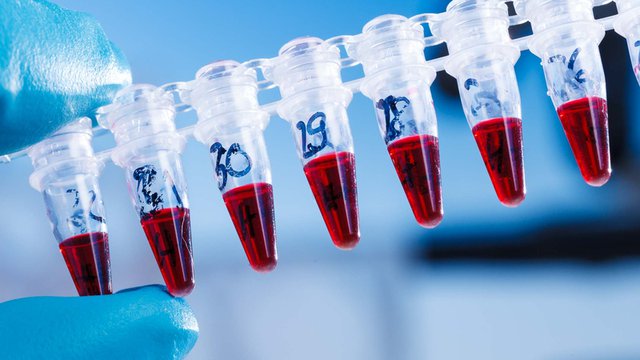

Biomaterials play a key role in the regeneration and functional repair of tissues, organs and other materials related to the environment, so it is essential to understand the design, development, characteristics and functions of these materials for their study involving different sciences such as medicine, physics, chemistry and biology.
If you want to work in this field, you can study the Degree in Physics at Universidad Europea, where you will be able to apply reasoning and physical theories to solve problems and carry out projects.
You can also choose a related degree such as the Degree in Biotechnology in Madrid, learning about chemical engineering, biological systems or molecular biology, among other areas.
Definition of biomaterials
Biomaterials are materials of natural, synthetic or hybrid origin designed to interact safely and compatibly with different systems such as the human body and the environment. They are unique materials that make them ideal for different medical, environmental or engineering applications, among others.
The modern field of biomaterials combines physics, chemistry, medicine and biology, as well as materials science and tissue engineering. Metals, plastics, ceramics, glass, cells and living tissue are currently used to create biomaterials.
Applications of biomaterials
In this section, we’ll look more in detail at some of the main applications and functions of biomaterials in different fields.
- Regenerative medicine: biomaterials are used to make three-dimensional moulds that promote the regeneration of human tissue, organs and bones.
- Biocompatible implants: different implants such as stents, grafts or prostheses are made using biomaterials, helping to minimise the level of rejection by the body.
- Packaging materials: these are biomaterials such as bioplastics or biodegradable paper that help to reduce the negative impact on the planet.
- Biological sensors: biomaterials are used in their manufacture and help to detect and monitor data such as blood glucose levels or cardiac and cerebral activity.
Relationship between biomaterials and physics
Physics helps us to understand, at a theoretical and practical level, the physical, chemical and biological properties of biomaterials, which are fundamental for the development of biomedical applications, innovations and other studies that benefit the environment and human health.
- Mechanical properties: physics helps us to understand the properties of biomaterials such as strength, hardness and elasticity, among others.
- Heat and energy transfer: it is essential to understand how biomaterials interact with light or thermal energy to achieve the desired effects.
- Electromagnetism and bioelectronics: understanding how biomaterials interact with light helps to develop technologies and innovations for diagnosis and treatment such as biomarker detection or photodynamic therapy.
- Nanotechnology and nanophysics: the types of nanotechnology and their nanometric scale are essential for the creation at a molecular level of biomaterials with specific characteristics such as drug delivery systems or bioactive surfaces.
If you are interested in this field, Universidad Europea offers a wide variety of science degrees or engineering degrees related to this field, such as the Degree in Biomedical Engineering, where you can choose the option that best suits your professional future.
Article published on Feb. 12, 2024